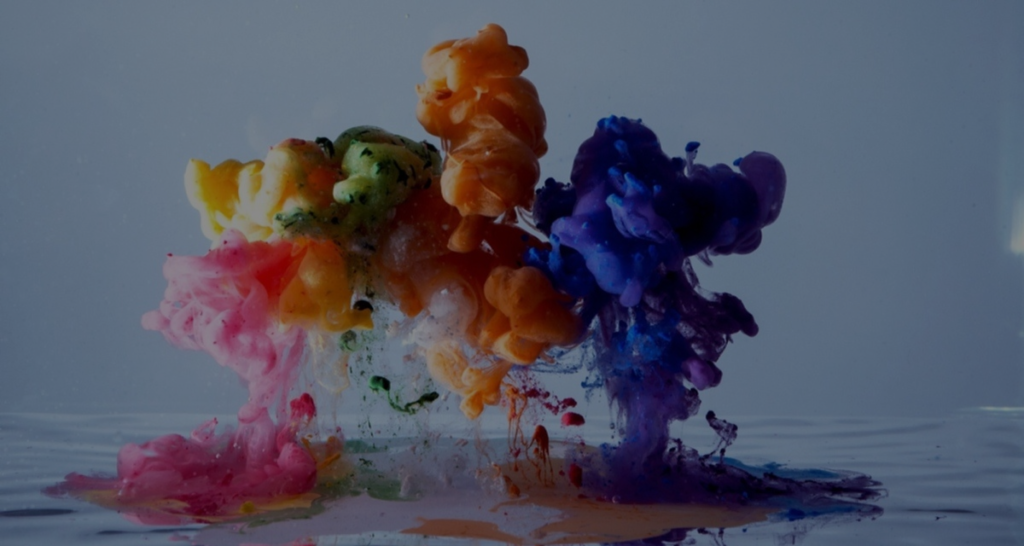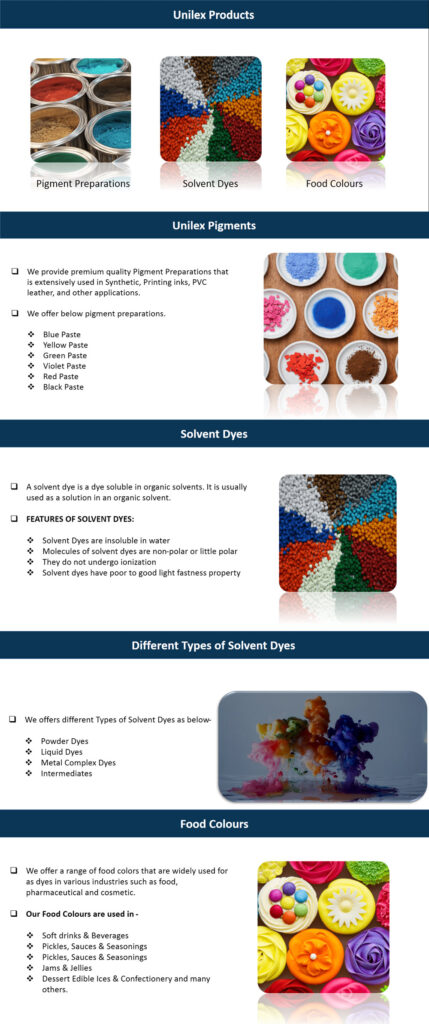Solvent dyes are insoluble in water, but can dissolve in an organic solvent. They are commonly used in foil printing, ball point pens, paints, lubricants, and waxes. They can also be used to color solid materials. In the plastics industry, these dyes are used in pen inks, printing inks, and coatings. Biological stain makers also use these dyes to help identify cell structures.
Solvent Dyes are organic dyes dissolved in organic solvents. Typical solvents include alcohols, ethers, ketones, aliphatic hydrocarbons, oils, fats, waxes, and cop tubes. In addition to printing inks, they are used in the plastic, pyrotechnics, and lubrication industries. This type of dye is soluble in oils, fats, and aqueous solutions.
Many different industries use these dyes. The plastics industry uses them most frequently. They can color unplasticised polvinyl chloride, polyester, and nylon. And because they are non-polar, they are useful in paint inks, soaps, and other polymers. These solvent-based dyes also have many other uses, including coloring paper, abrasives, and food coloring. They are also highly soluble in water, so they are easy to work with.
Soluble solvent dyes are soluble in organic solvents. They are commonly used for hydrocarbon fuel coloring, glass coloration, and marking inks. Among other things, they can be used to make neon signs, highlight a logo, or create a variety of other colors. Throughout the world, Solvent Dyes are often referred to as CORANTES SOLVENTES. It is important to note that they are non-polar and do not undergo ionization.

Since they are soluble in non-polar substances, solvent dyes are used in a wide variety of processes. They are most commonly used for coloring plastics and wood stains. They can be used in print inks and pen inks. They are also widely used in solutions that stain cell structures. They are often available in many different shades, depending on the application. A typical example of a solvent dye is a red azo dye.
Solvent Dyes are an important finishing tool. They are able to change the existing color of a finish, and repair a damaged one. They can be added to a range of solvent products, such as wax, paint, or lacquer. They can be diluted with Dye Thiener to make different shades of the same colour. A good solution of a pigment in a solvent product is essential. For a beautiful finish, you must apply the right dyes.
These dyes are versatile, and can be found in many different applications. For example, solvents are used to dye petrol and hydrocarbon fuels, and are also used to dye candles and wood stains. They are also commonly used to color plastics and are known as lysochrome dyes. They are very durable and can withstand high temperatures. You can also use them to colour plastic materials and papers. And they are extremely flexible!
A solvent dye is a type of liquid that is soluble in an organic solvent. A liquid that is soluble in a solvent can dissolve the solvent. This allows the dye to be applied to a surface without a problem. A water-soluble solvent can be easily wiped clean using a cloth. Insoluble pigments can also cause damage to the plastic, so it is important to use dyes in a water-based environment.
Solvent dyes are used in a variety of applications. These materials are typically used for wood stains. They are used for many applications, including coloring acrylic fibers. They can also be used for shading. Sculptured objects can be easily colored with these dyes. They are used for making paper and fabrics. The solvent is water-soluble in a wide range of materials. It can even be diluted in a solvent-based liquid to create a custom shade.
A popular type of acid dyes is azo. It is a salt of a complex sulfonic acid. It is a highly reactive dye and has a high affinity for cellulosic fibers. These dyes are not caustic, so they do not form permanent chemical bonds with cellulosic fibers. However, they are soluble in a wide range of polar and hydrocarbon-based solvents.


